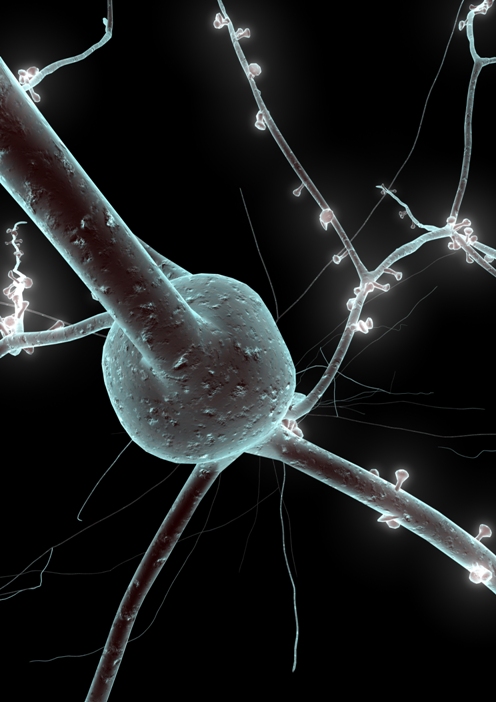A major study for Artificial Intelligence and NeuroScience, called the Human Brain Project (HBP), which aims to replicate the human brain on supercomputer, has recently been approved in the EU. 87 universities and hundreds of scientists from leading research institutions across Europe will participate in the study, but the project has some important Japanese and North American partners as well. The project will continue for 10 years, from 2013 to 2023 and will cost around 1.2 billion Euros.

Human brain consists of 100 billion neurons which are connected by hundreds of thousands of billions synapses, which makes human brain the most complex machine we know of. The project brings the fields of Neuroscience, Medicine and Electronics together, in order to tackle challenges in each field for artificially replicating the brain as well as treating brain diseases. It will for example enable us to understand the DNA mutations that cause many brain diseases, or to test drugs without the need of using animals on something that approaches the human brain. The project may have an enormous impact in the field of computing. It may also provide valuable insights in treatment of brain related diseases which account for a very high portion of diseases overall, more than cancer, heart diseases and diabetes all put together.
The project is coordinated by Ecole Polytechnique Fédérale de Lausanne (EPFL) in Switzerland. Researchers will examine the neurons and the data collected from all institutions, which will be consolidated together by high powered computers and using data mining techniques, and by deciding which parameters may be brought into the simulation, which in turn will be integrated into building a massive supercomputer that will try to replicate the human brain. The ultimate goal is to allow neuroscientists to follow the clues leading from genes, molecules and cells to human cognition and behavior.
Simulating human brain requires supercomputers that are 1000 times more powerful than today, which in turn means that the project will also stimulate the development of new supercomputers. By understanding how cognition works, it will help designing new electronic devices called neuromorphic computers, which will combine the power of microelectronics with the cognitive power of human brain.

The human brain project aims to put Europe at the forefront of neuroscience. Another major study recently approved by the US, is also on the way, which we had posted recently here.
Source and official site: http://www.humanbrainproject.eu/
Official press release can be found here.

You must be logged in to post a comment Login